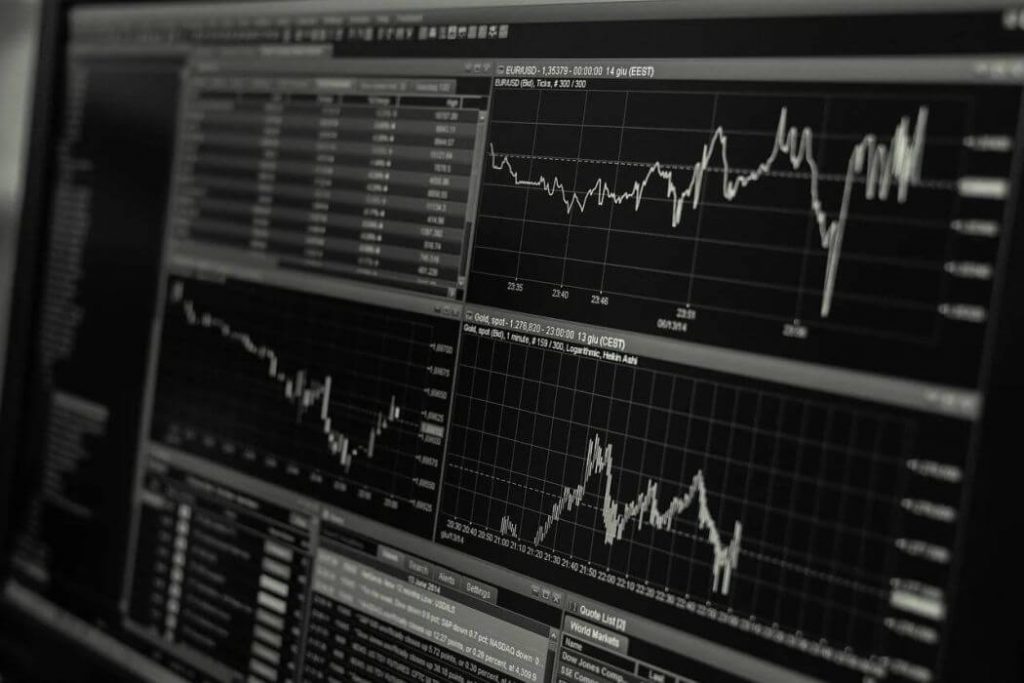What Are Options (Calls and Puts), and Credit Derivatives?
Join over 2 million professionals who advanced their finance careers with 365. Learn from instructors who have worked at Morgan Stanley, HSBC, PwC, and Coca-Cola and master accounting, financial analysis, investment banking, financial modeling, and more.
Start for Free
In our previous article, we examined the three main types of forward commitments – forwards, futures, and swaps. In this lesson, we‘ll do the same for contingent claims – option and credit derivative contracts.
Let’s start off with the first variation. An option contract allows its owner the right (but not the obligation) to either buy, or sell an underlying asset at a predetermined price, which is called the strike price. Once the person who is long on the option (the buyer) decides to exercise it, the seller (known as the writer) has to oblige. The amount of money that a buyer pays the writer is referred to as the option premium, or just the “premium”.
We recognize two option classes – call and put options.
Buying a call option means you have the right (but not the obligation) to buy an asset in the future at a predetermined strike price. Allow us to employ an example.
Olivia, an experienced investor, believes Tesla’s stock is undervalued at $250 per share. Therefore, she decides to purchase a call option contract to buy Tesla at a strike price of $300. Soon, the price of Tesla skyrockets to $380! In a smart manner, Olivia then exercises the right to buy the share at $300, profiting at $80 per share minus the price of the call option. Ok.
Conversely, when an investor buys a put option, they have the right (but not the obligation) to sell the underlying asset in the future at a predetermined strike price.
Let’s say Tesla is now trading at $950 per share. This time, Olivia believes the stock is overvalued. Therefore, she purchases a put option contract to sell at $900. It so happens that the price of Tesla falls by 10% (or down to $855)! Having a razor-sharp mind, she is able to exercise the right to sell stock at the higher strike price of $900. Therefore, profiting $45 per share minus the transaction cost.
In a nutshell, you buy a call option if you expect a stock price to go up and a put option if you think that it will go down.
What if Olivia’s predictions didn’t turn out to be true though?!
Well, if that was the case, the only downside for her would be the cost of the put or call option. In fact, this is the good thing about options contracts – unlike selling a stock, the risk here is limited.
Based on their exercise style, we may also distinguish between options that can be exercised at any given time throughout the contract’s length (called American style), and those performed at contract end only (or European kind).
A word of caution! Do not associate these terms with the places where they’re available, as American and European-style options, despite the names, can be traded on all continents.
Overall, we may come across four option positions.
The first one is a long call. Remember our example on Tesla stock? This is the type of situation we described there. The long call buyer has the right to buy the asset. Naturally, the buyer of the call believes that the price of the underlying will increase.
On the contrary, an investor can have a short call position. This is when you sell a call option. In this setting, the writer has the obligation to sell. If you write a call option, you hope that the price of the underlying asset won’t go up because if it does, you are the one who will be paying for the buyer’s gain.
The third possible position for an investor in an option is to be the long put position like in our second example about Tesla. At the heart of it, it is simply buying a put option. Here, you have the right to sell Tesla stock at a predetermined price. If you have acquired a put, this means that you hope that the price of the underlying will decrease significantly in the future.
And finally, the opposite of buying a put option is writing it (in the form of short put position). In this scenario, you will have to buy the underlying at a pre-agreed price.
Then, what do you think its writers hope for?
Of course, all they need is higher prices, of course!
So much for options!
It is time we took a look at credit derivatives. In a few words, these are contracts that provide protection.
What kind of protection, you may wonder?
Well, if you own a bond you face some risk, right? It is relatively limited, but it’s there. Credit derivatives are a product that helps you mitigate such exposure. In the event of a bond issuer’s default or a credit rating downgrade, the credit derivative entails payment. From a practical standpoint, financial professionals often utilize the so-called credit default swaps (CDS), which, in their essence, resemble an insurance against a borrower’s default.
Its users typically pay a small premium (mostly on an annual basis), which gives them security should the borrower defaults on their obligation. If that happens, the CDS seller will have to cover a substantial part of what you are owed by the borrower who defaulted. Thus, this instrument limits your risk considerably.
